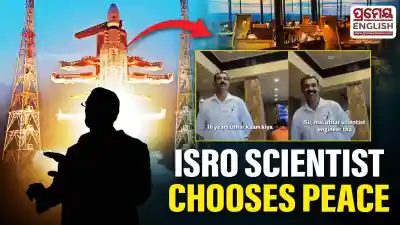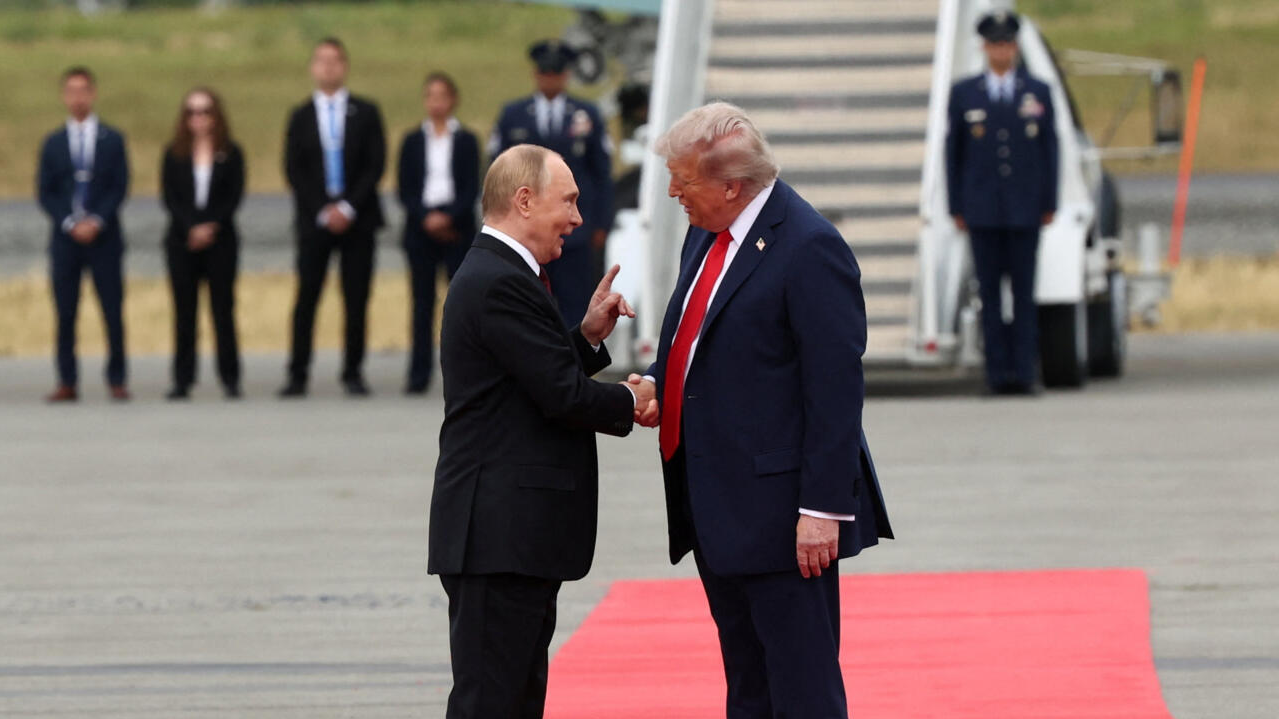

Uncertainty Clouds Alaska Summit's Outcome
United States President Donald Trump and Russian President Vladimir Putin concluded a high-stakes summit in Anchorage, Alaska, with public declarations of progress on the war in Ukraine. However, the meeting concluded abruptly, and the leaders’ carefully worded statements were notably devoid of specific commitments, leaving the international community with more questions than answers. Despite a positive appearance, the summit failed to produce a ceasefire, a timeline for peace, or any tangible plan to end the conflict, casting a shadow of uncertainty over the diplomatic proceedings.
Northern Neighbours, Southern Conflicts
The two leaders met for approximately three hours, a session significantly shorter than Russian officials had initially suggested. Following their private discussion, both men appeared before the press to deliver separate remarks. President Putin described the talks as “constructive” and “useful,” emphasizing that he had established a strong direct channel with his American counterpart. He framed the Alaskan venue as a meeting of “dear neighbors,” a symbolic nod to the geographic proximity of Russia and the United States across the Bering Strait.
Putin's Carefully Worded Conditions
On the central issue of Ukraine, Putin stated his agreement that the nation’s security “must be ensured.” Yet, he attached a significant condition to this sentiment. He insisted that a lasting peace was only possible if the “primary roots” of the conflict and Russia’s own “legitimate concerns” were fully addressed. This language echoes previous Kremlin demands that Kyiv and its Western allies have consistently rejected, suggesting that fundamental disagreements remain firmly in place. Putin expressed his hope that the unspecified understandings reached with Trump could help “pave the path towards peace,” while also cautioning European nations and Ukraine against obstructing this nascent progress.
Trump Plays the Diplomat
President Trump mirrored Putin’s positive tone, labeling the discussions as “very productive” and claiming that “significant progress” had been made. He noted that many points of agreement were found, with very few remaining unresolved. At the same time, he was careful not to declare a final deal, stating that any potential settlement would ultimately require the consent of all involved parties. Trump informed reporters that his next step would be to personally brief NATO leaders and Ukrainian President Volodymyr Zelensky on the substance of the talks, positioning himself as a central interlocutor in the wider diplomatic effort.
The Unspoken Story
The true story of the summit, however, may lie in what was left unsaid and undone. Neither leader offered any specifics on the points of agreement they claimed to have reached. There was no announcement of a ceasefire, no outline of enforcement mechanisms, and no joint press conference to field questions from the media. Furthermore, a scheduled working lunch between the two delegations was abruptly cancelled, and President Trump departed for Washington shortly after his statement. This hurried conclusion fueled speculation that the talks were less productive than the official rhetoric suggested.
What Comes Next?
The path forward remains unclear. The Russian ambassador to the U.S. indicated that Moscow would be prepared to host a follow-up meeting, an invitation Trump acknowledged as “interesting” but did not accept. For now, European and NATO capitals are left waiting for the promised briefings from the American president. Meanwhile, officials in Kyiv face the uneasy prospect of their country’s fate being discussed in a forum where they had no representation, weighing the implications of a private understanding reached between Washington and Moscow. The Alaska summit, intended to signal a breakthrough, ultimately underscored the deep complexities and persistent obstacles on the road to peace in Ukraine.
The Summit's Unclear Bottom Line